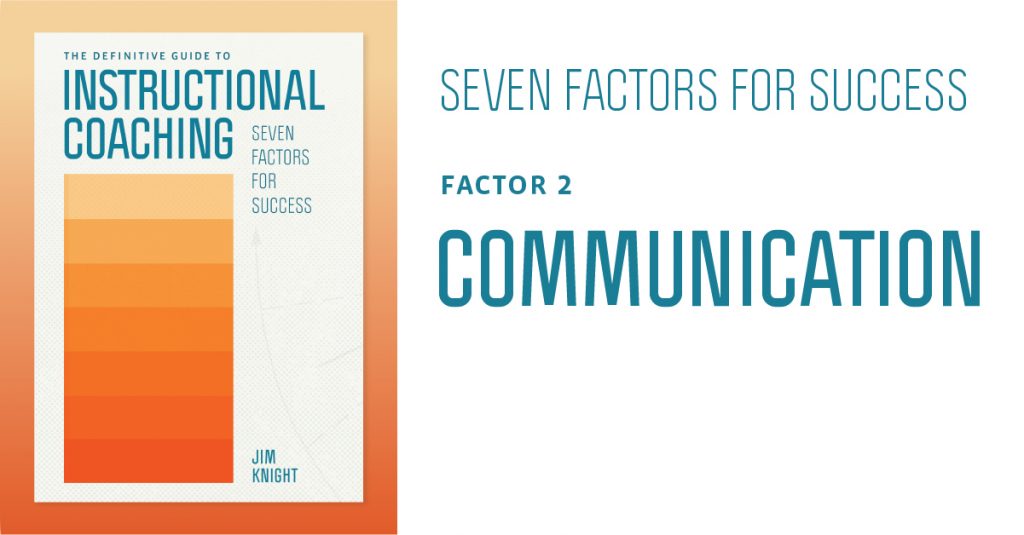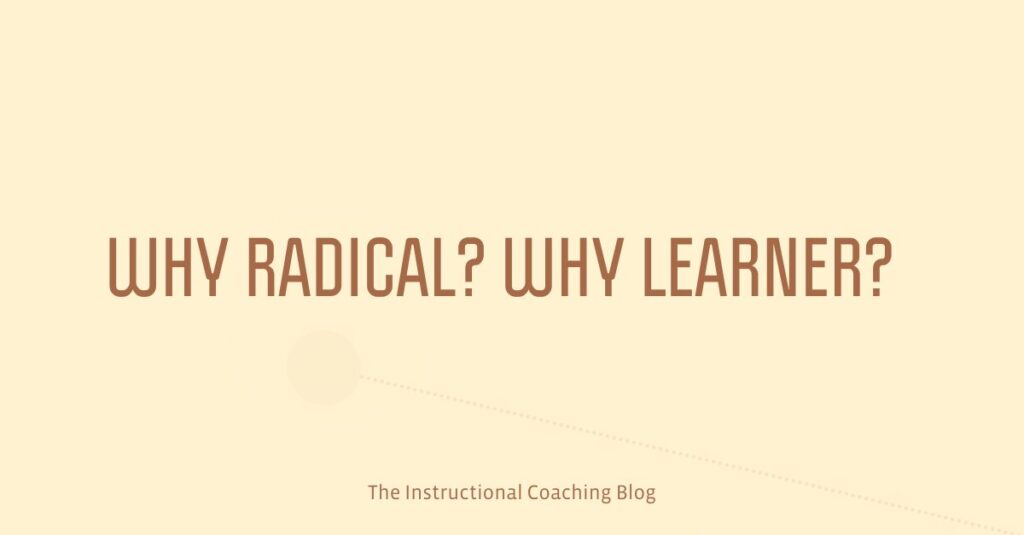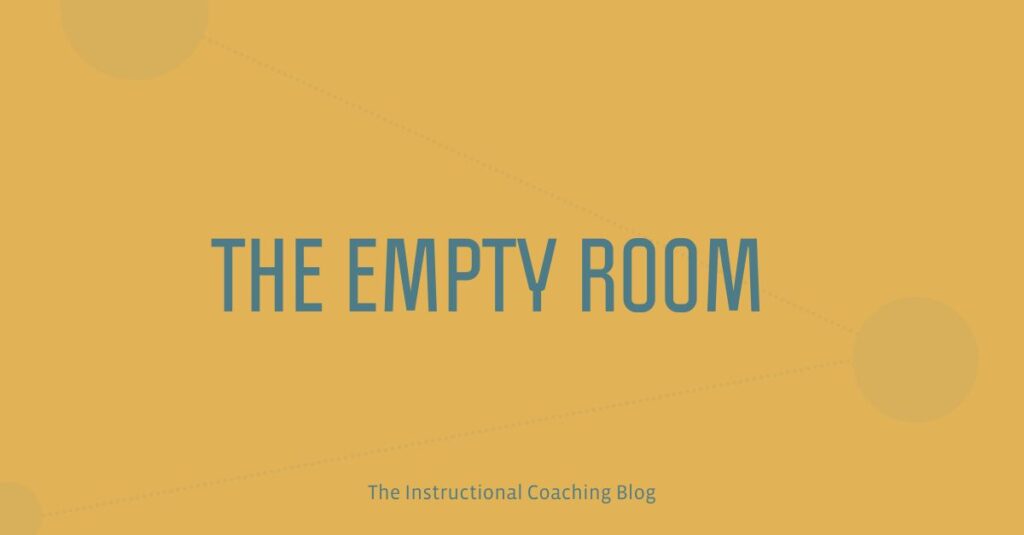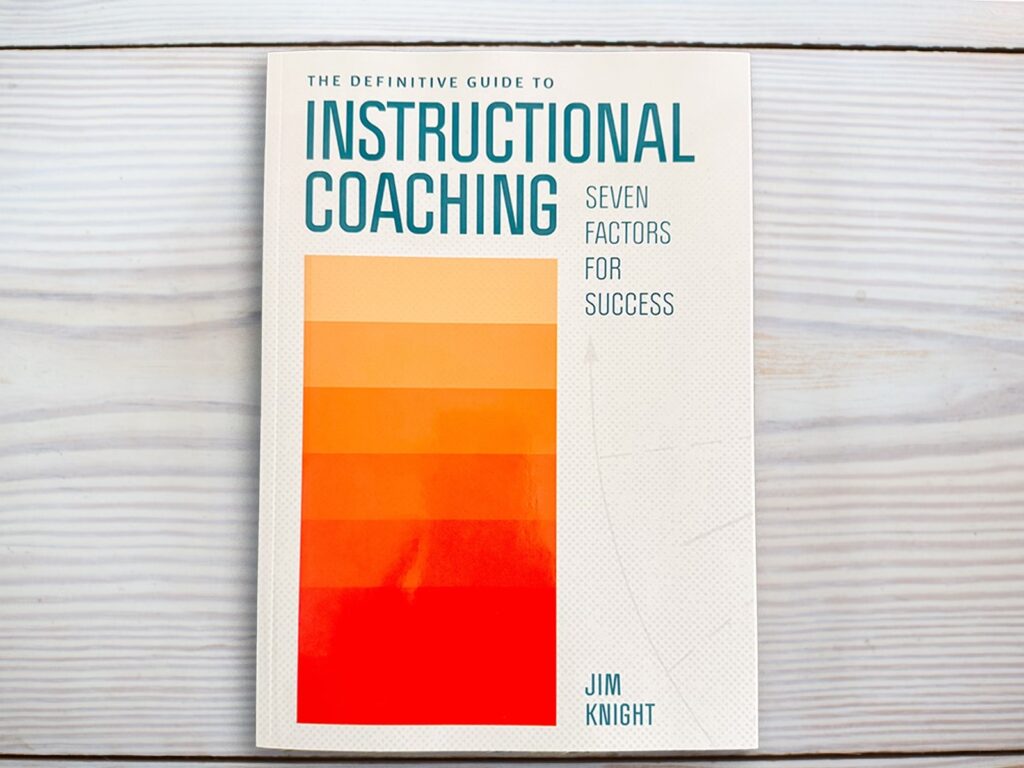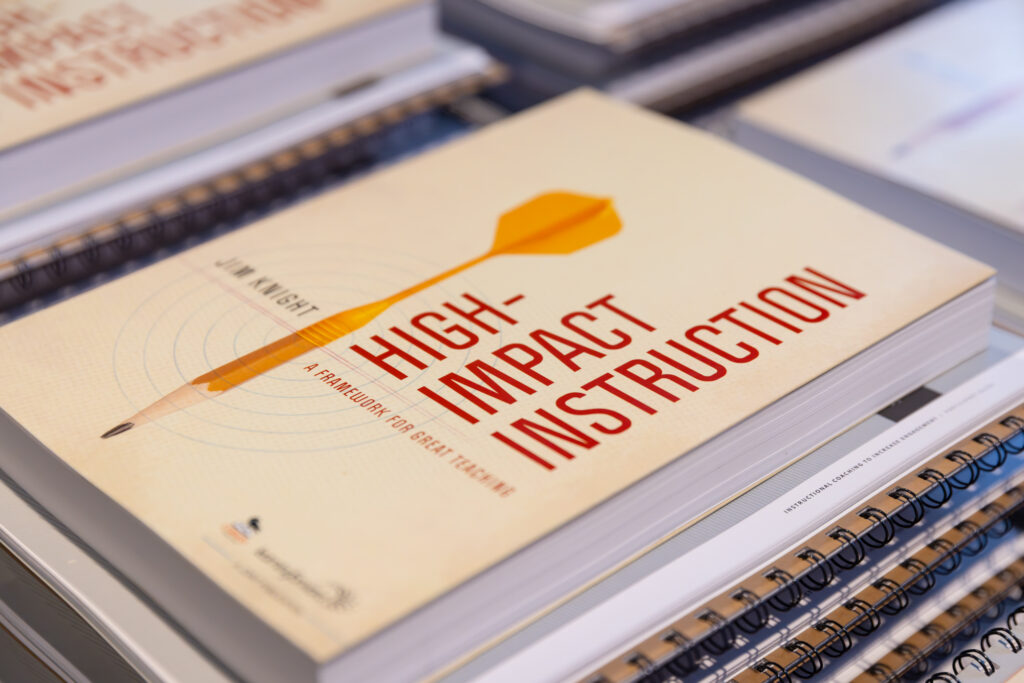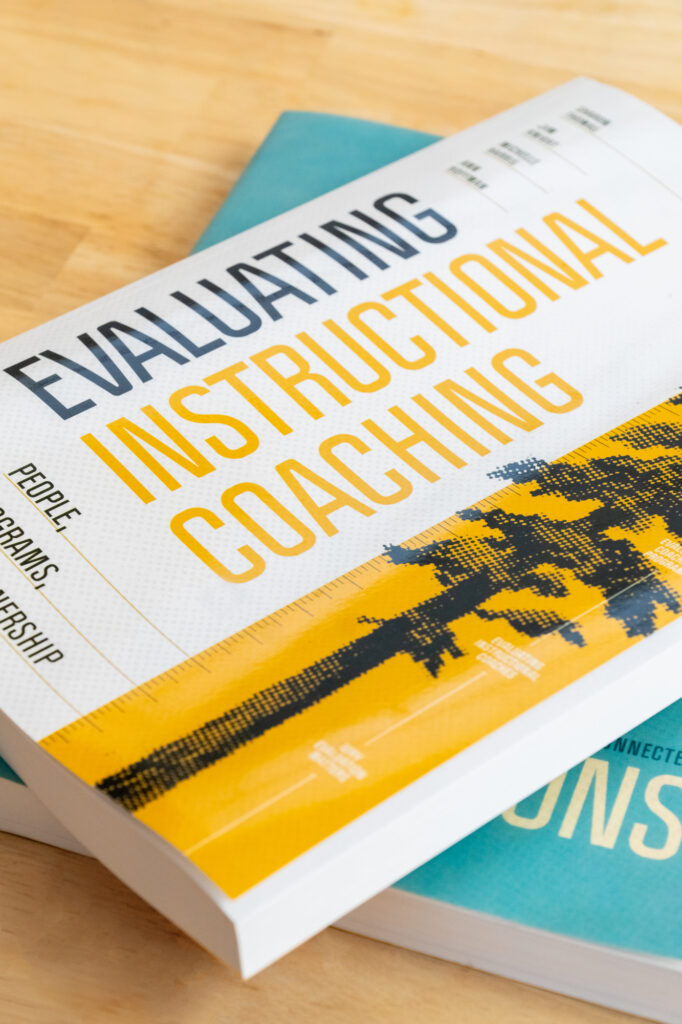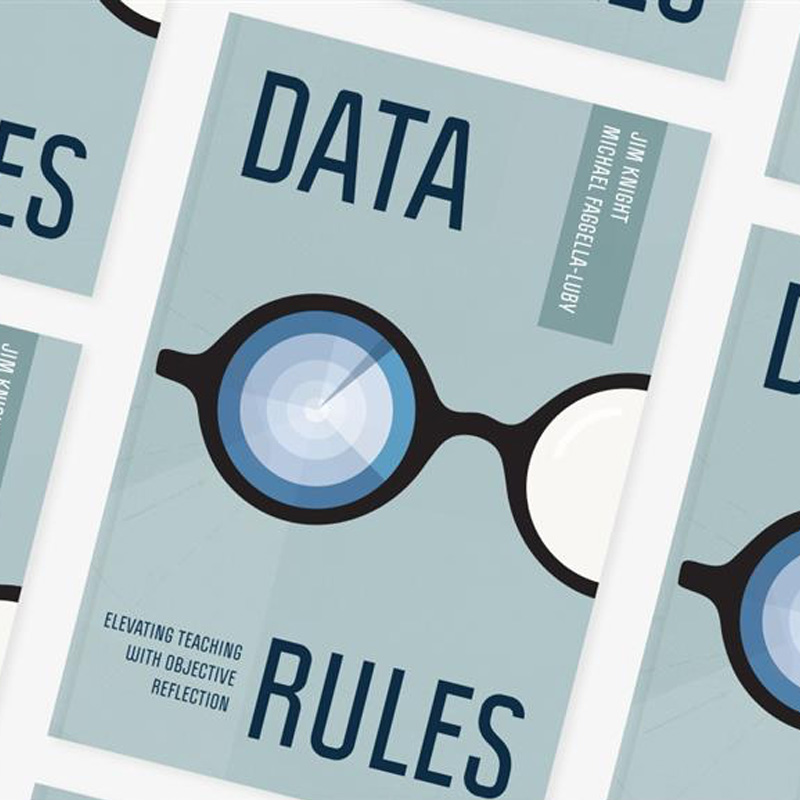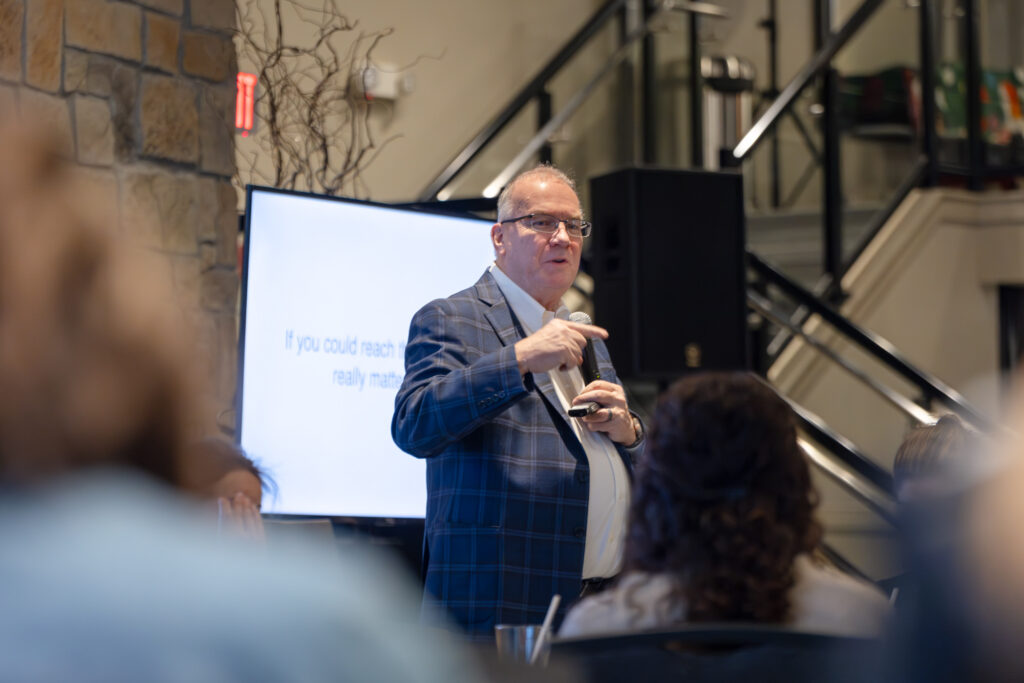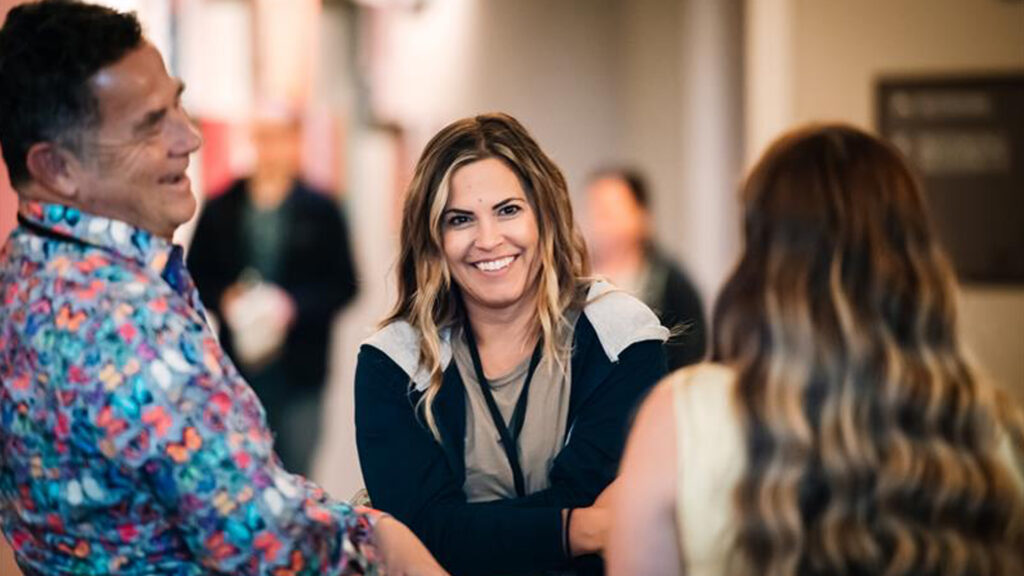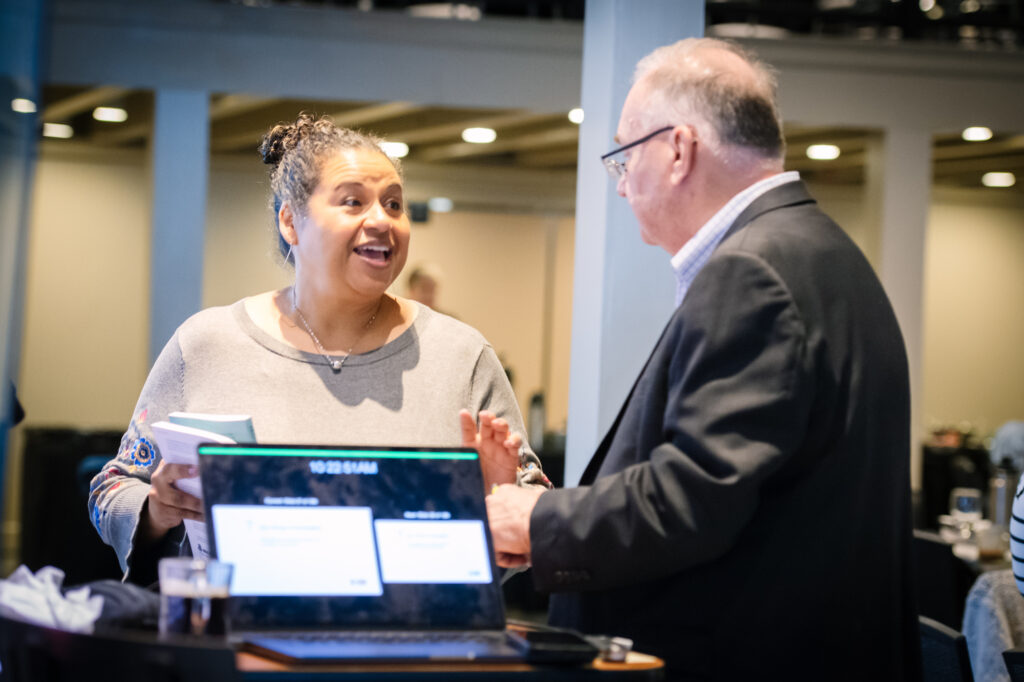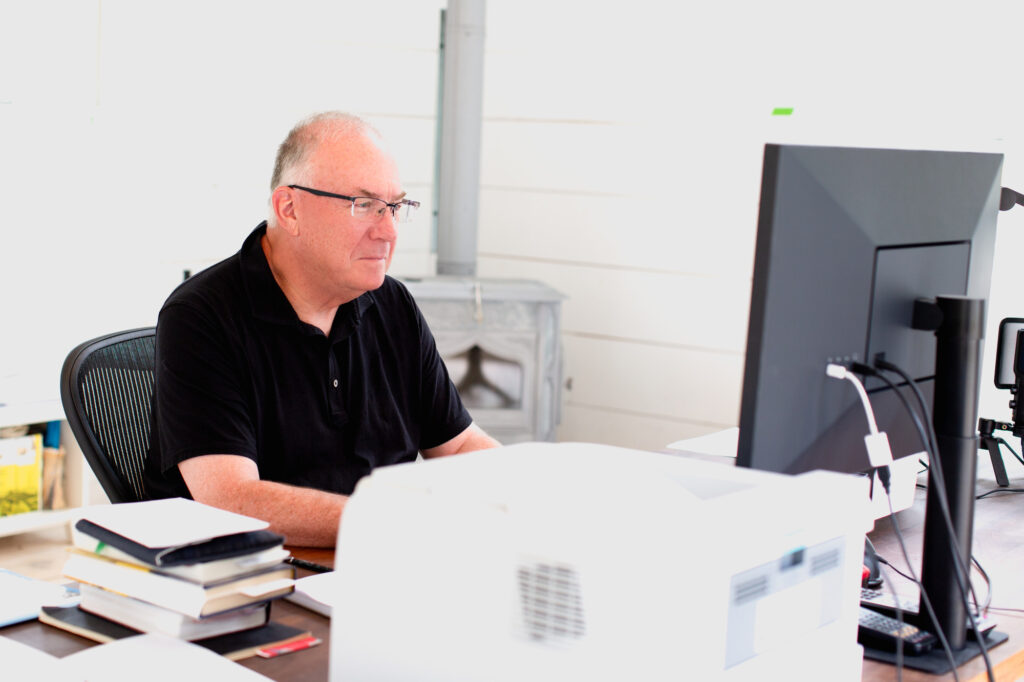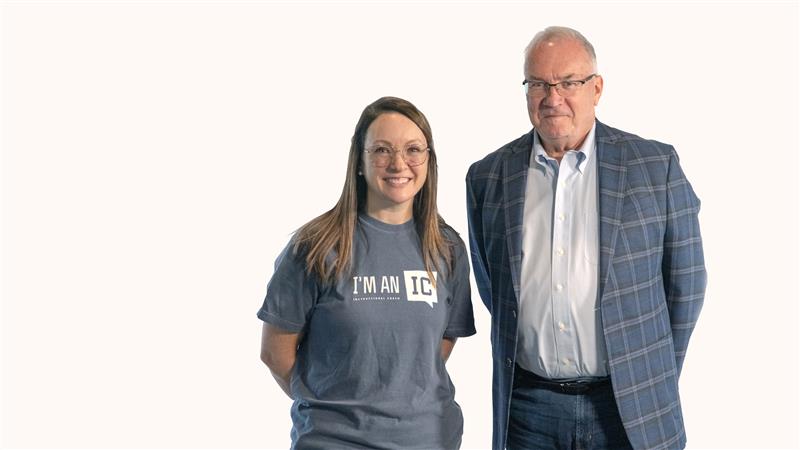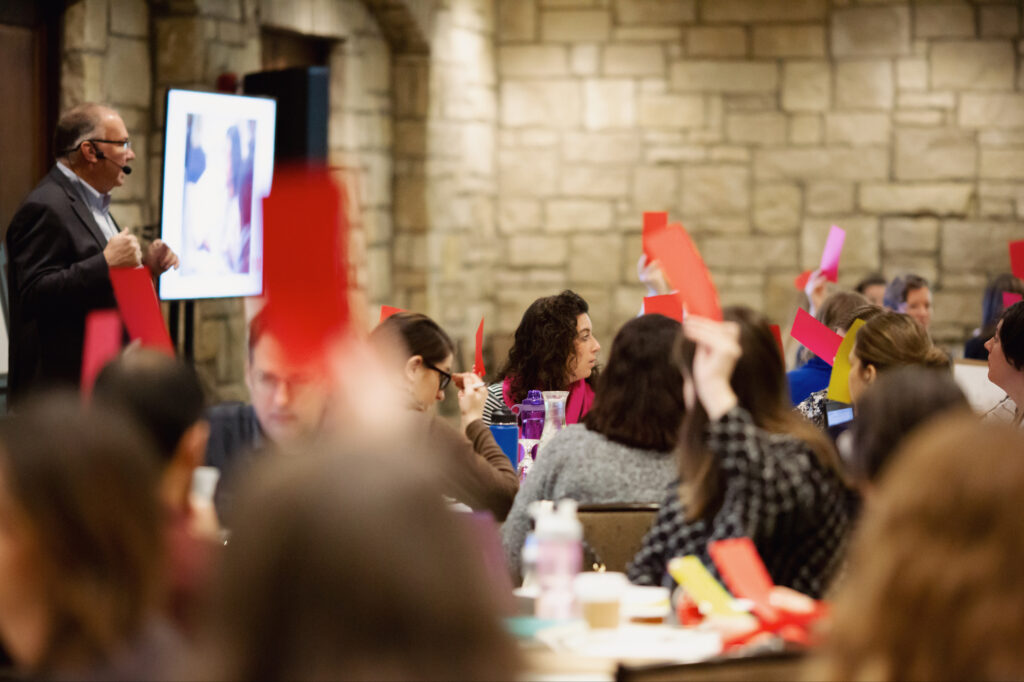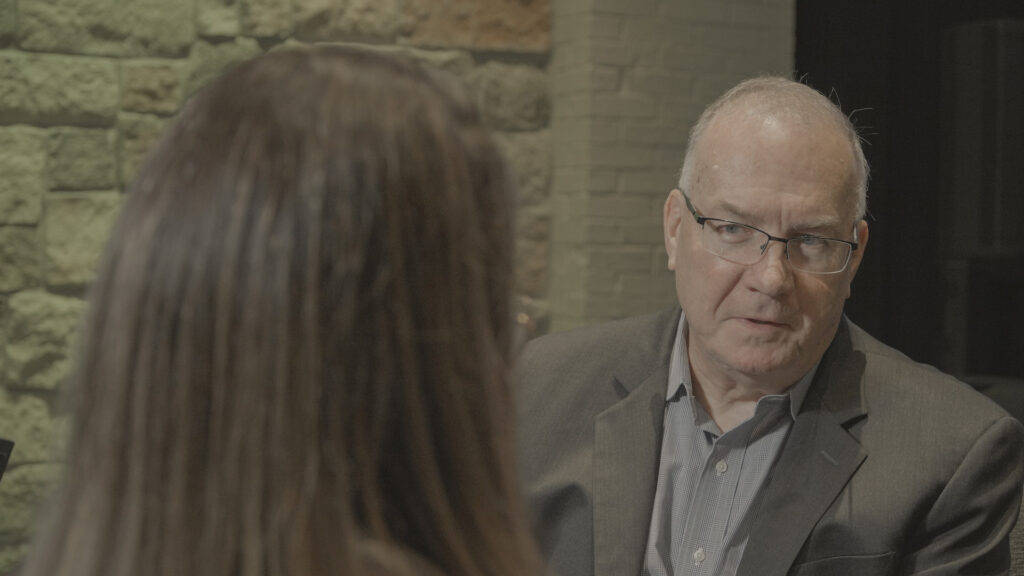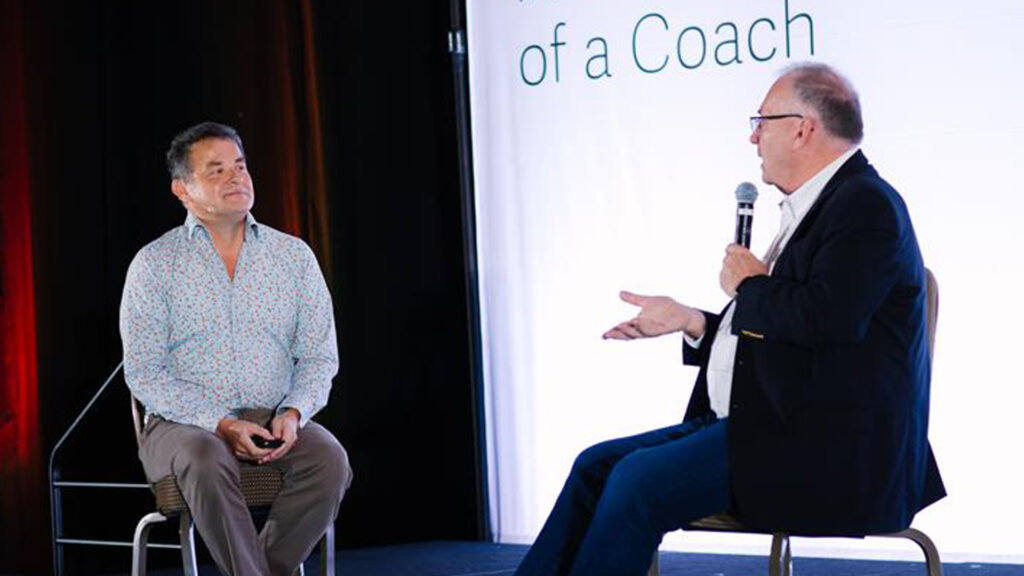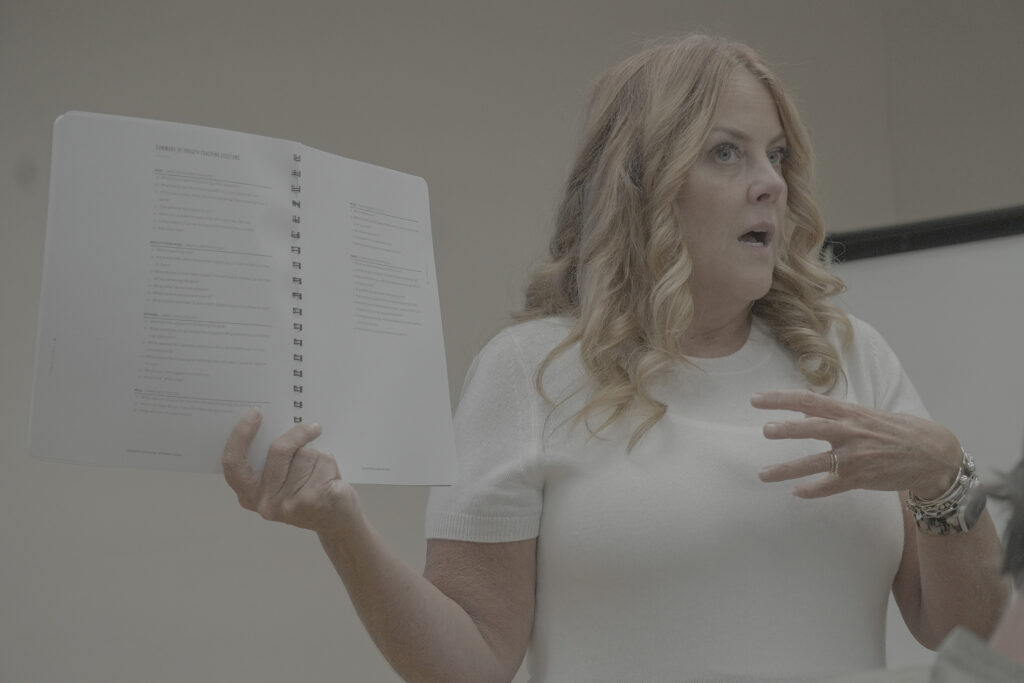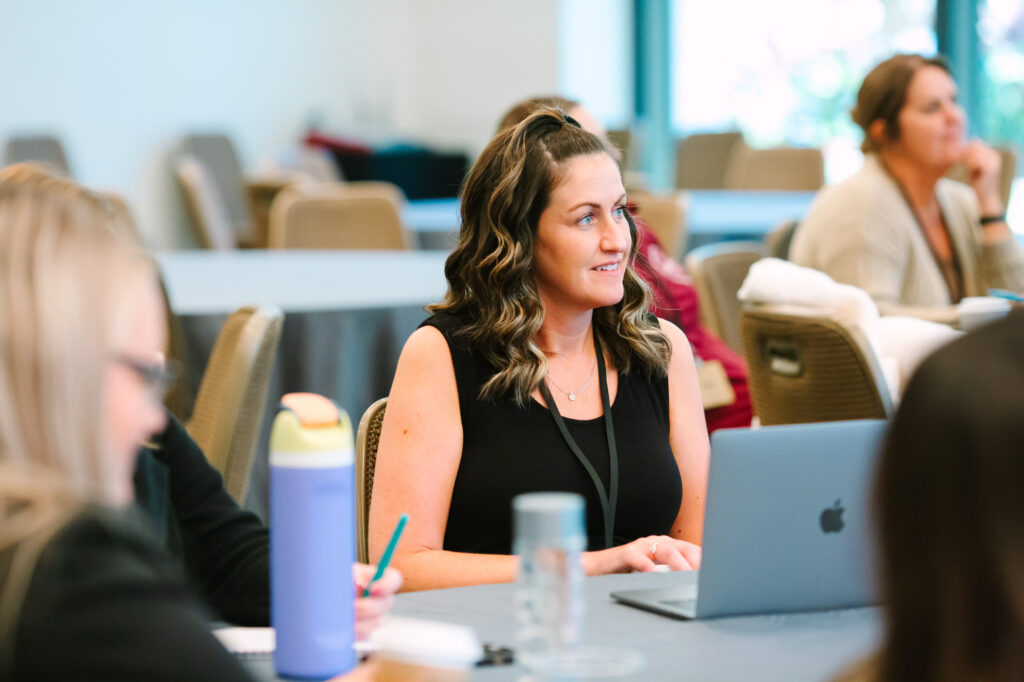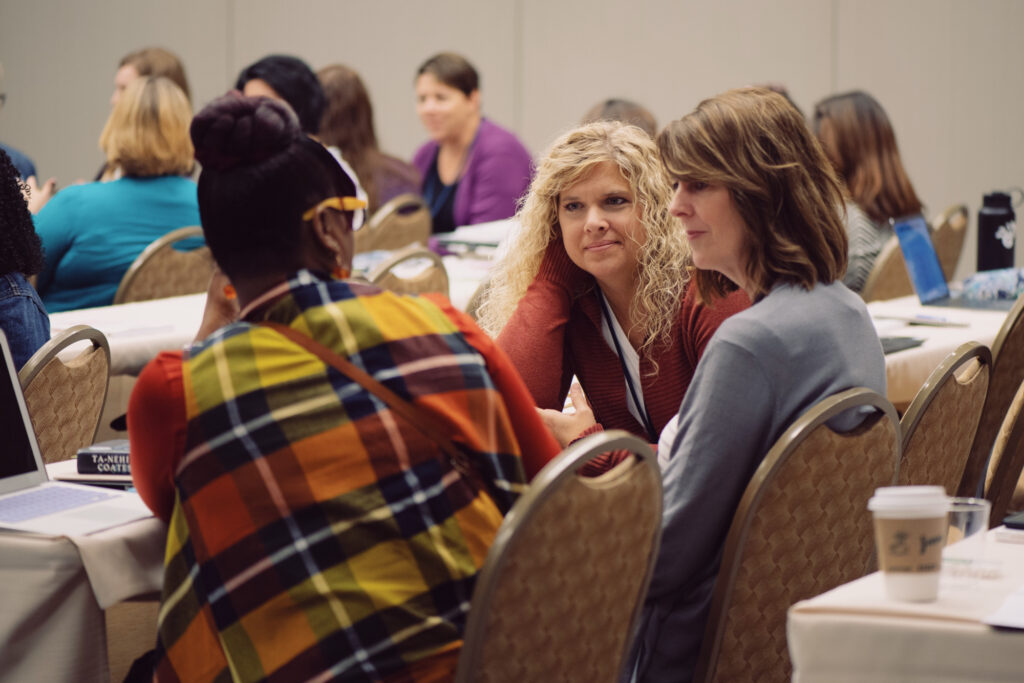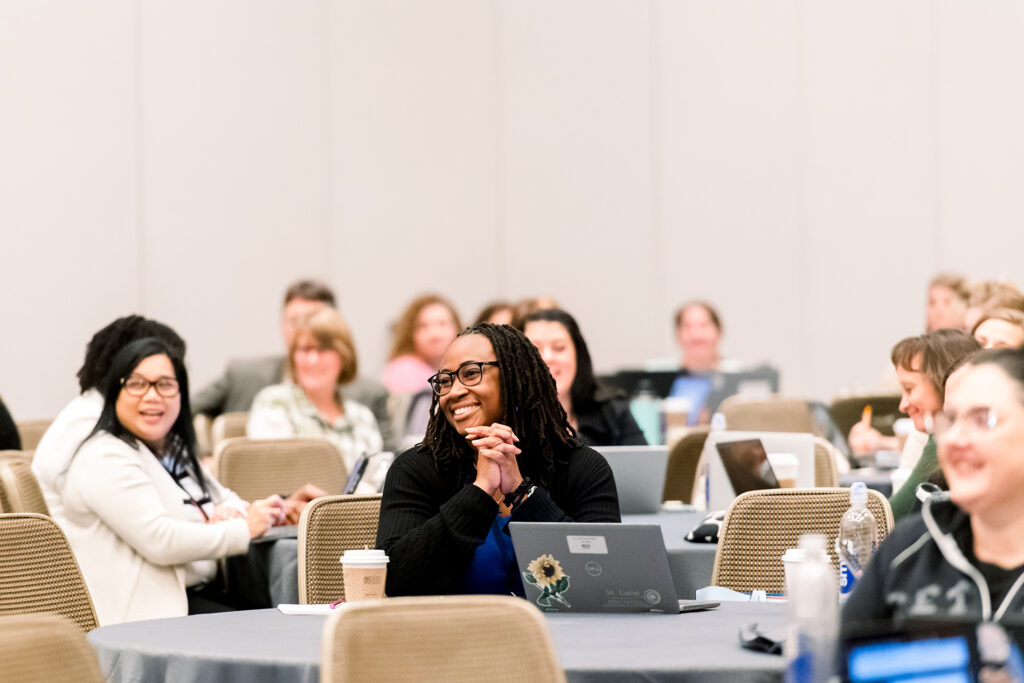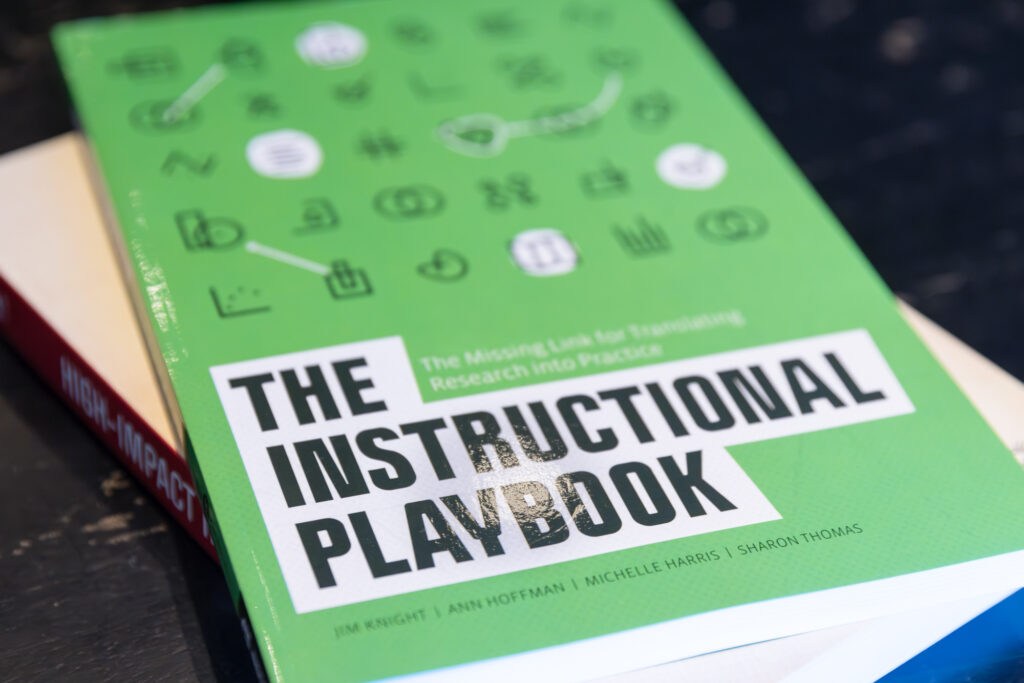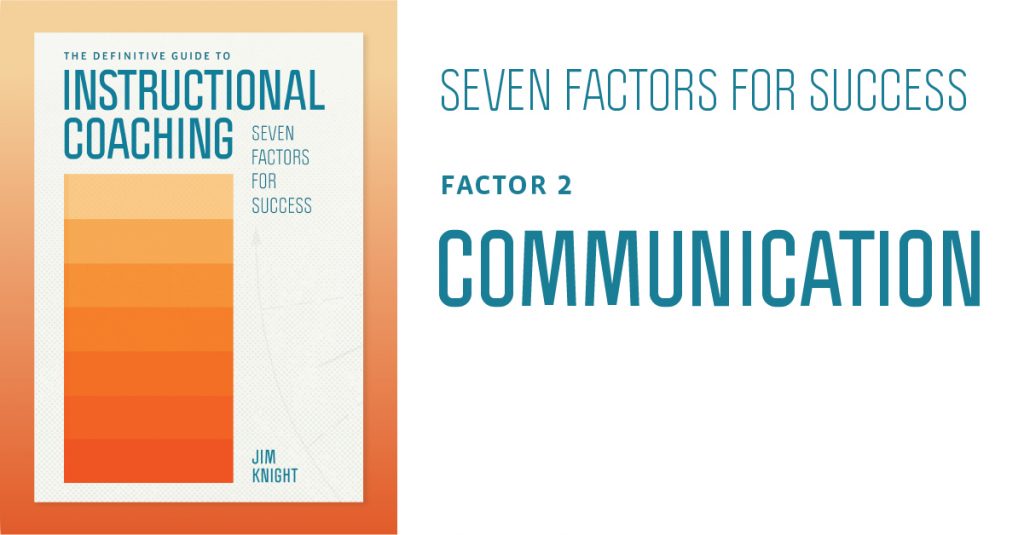
Coaching is, above all, a conversation or series of conversations focused on professional growth. For this reason, coaches need to understand both the nature of the teacher’s personal experience of change and the communication habits and skills that make talking about change possible. All change is self-change, and coaches are more successful when they stop trying to motivate others and start trying to create the conditions in which others can recognize and realize their own immense potential. Done well, coaching fosters hope and empowers others to motivate themselves. Below is an excerpt from the section on questioning in Chapter Two: Communication Skills.
Real Questions
The secret to asking great questions is to ask real questions. This might seem like a Zen koan, but the truth is we often make statements that only look like questions because they end with a question mark. “Don’t you agree that your students need to have more input into what they learn?” isn’t really a question; it is advice dressed up with interrogative punctuation. As Susan Scott has written, “When someone really asks, we really answer. And somehow both of us are validated” (2002, p. 94). To ask real questions, we must avoid what are commonly referred to as leading questions—those that guide our conversation partners to a destination we have chosen for them (e.g., “Don’t you think your students would learn more if they talked more?”). If we want to work in equal partnerships with collaborating teachers, we need to let go of the notion of leading them anywhere. When we ask questions that have solutions buried inside them, we take the responsibility for solving the problem away from teachers, thereby silencing them and probably diminishing their motivation. As journalist Kate Murphy writes in You’re Not Listening (2019), “real questions don’t have a hidden agenda of fixing, saving, advising, or correcting,” but rather allow “people to tell their stories, express their realities, and find the resources within themselves to figure out how they feel about a problem and decide on next steps” (p. 147). Real questions, then, are questions to which we don’t know the answer; questions that we ask because we are genuinely curious. Our curiosity shows teachers that they are important and we value what they have to say. Our curiosity also presents the opportunity for teachers to be mutually curious and get wrapped up in the excitement of exploration. Michael Bungay Stanier (2020) advises coaches to be “relentless,” staying “curious long enough to allow the other person to create the insight and space to reach the heart of the matter” (p. 85).
Deeper Questions
A large part of coaching involves thinking along with teachers and sometimes asking questions that let them think more deeply about a topic. A powerful question like Susan Scott’s (2002) “Is it OK if nothing happens?” invites others to think deeper and notice important new insights. To think with a collaborating teacher, the coach first needs to know what the teacher is saying and thinking. This is not as easy as it sounds. Listening and understanding are two different mental actions, and sometimes teachers move on to a new topic before coaches are sure what they mean. For this reason, coaches need to ask questions that clarify the collaborating teacher’s thinking. Sometimes this means specifying what a teacher’s words mean: “When you say engagement, what do you mean by that?” Other times, coaches need to listen for the message in the midst of a long, rambling statement. After a teacher has wound around a topic a fair bit, a coach may need to paraphrase what was said. I often clarify what my conversation partner is saying for both our benefits. For example, I might ask, “Do you mind if I share what I’m hearing, and you can tell me if I’ve got it right?” When things are going well, my partner might say something like “That’s exactly what I’m thinking, but you said it better than I was able to.” Be sure to avoid using clarifying to redirect a conversation: If people think we are putting words in their mouth, they may see our listening as inauthentic and become uncomfortable. On the other hand, when people really feel heard, they relax, open up, and feel less pressure to push their message, making communication much more effective. Some people refer to deeper questions as probing questions. However, like qualitative researcher Irving Seidman, I’m not fond of that terminology. “I always think of a sharp instrument pressing on soft flesh when I hear” the word probe, Seidman (2006) writes. “The word also conveys a sense of the powerful interviewer treating the participant as an object. I am more comfortable with the notion of exploring with the participant than with probing into what the participant says” (p. 86). Rather than probing, I prefer to think of the coach as inviting the teacher to go deeper. Deeper questions don’t probe, they invite collaborating teachers to unpack and explore their thoughts and statements. This can be accomplished by making simple suggestions or asking simple questions like “What else? Tell me more.” Even a single response question (“Never?”) can take a conversation deeper.
